Biography: At 14, he began working as an employee of customs in Liverpool. He discovered natural history through the study of his father's collections of shells and insects. He was drafted into the army and sent to Sicily and Malta, but was soon relieved of his duties due to health problems. He published, on behalf of the Museum of Liverpool, Instructions for Collecting and Preserving Subjects of Natural History in 1808. He worked, from 1807 to 1815, for the military administration and assembled a vast zoological collection. After the end of the Napoleonic wars, he traveled to Brazil from 1816 to 1818 and returned to Britain with a huge collection of 20,000 insects, 1,200 plants, drawings of 120 species of fish and around 760 bird skins. He published, in 1834 and 1835, the Birds of Brazil. In 1828, he visited the National Museum of Natural History in Paris, under the guidance of Georges Cuvier and Étienne Geoffroy Saint-Hilaire. He continued to write and published, in 1831, Fauna Boreali-Americana, co-authored with John Richardson (1787-1865). He also produced a second series of Zoological Illustrations (1832-1833), three volumes of William Jardine's Naturalist's Library (1800-1874) and eleven volumes of Dionysius Lardner's Cabinet Cyclopedia (1793-1859). In 1837, he published the first avifauna of West Africa: The natural history of the Birds of Western Africa, where he described 186 species mainly collected by George Rendall, Lieutenant Governor of The Gambia. In 1841, he emigrated to New Zealand where he became a farmer, but his business was cut short, partly because of opposition from the Māori populations. In 1851 he moved to Sydney where he worked as a botanist for the Government of Victoria. But he meets a new failure, perhaps due to his lack of knowledge in botany. He then returned to New Zealand in 1855.




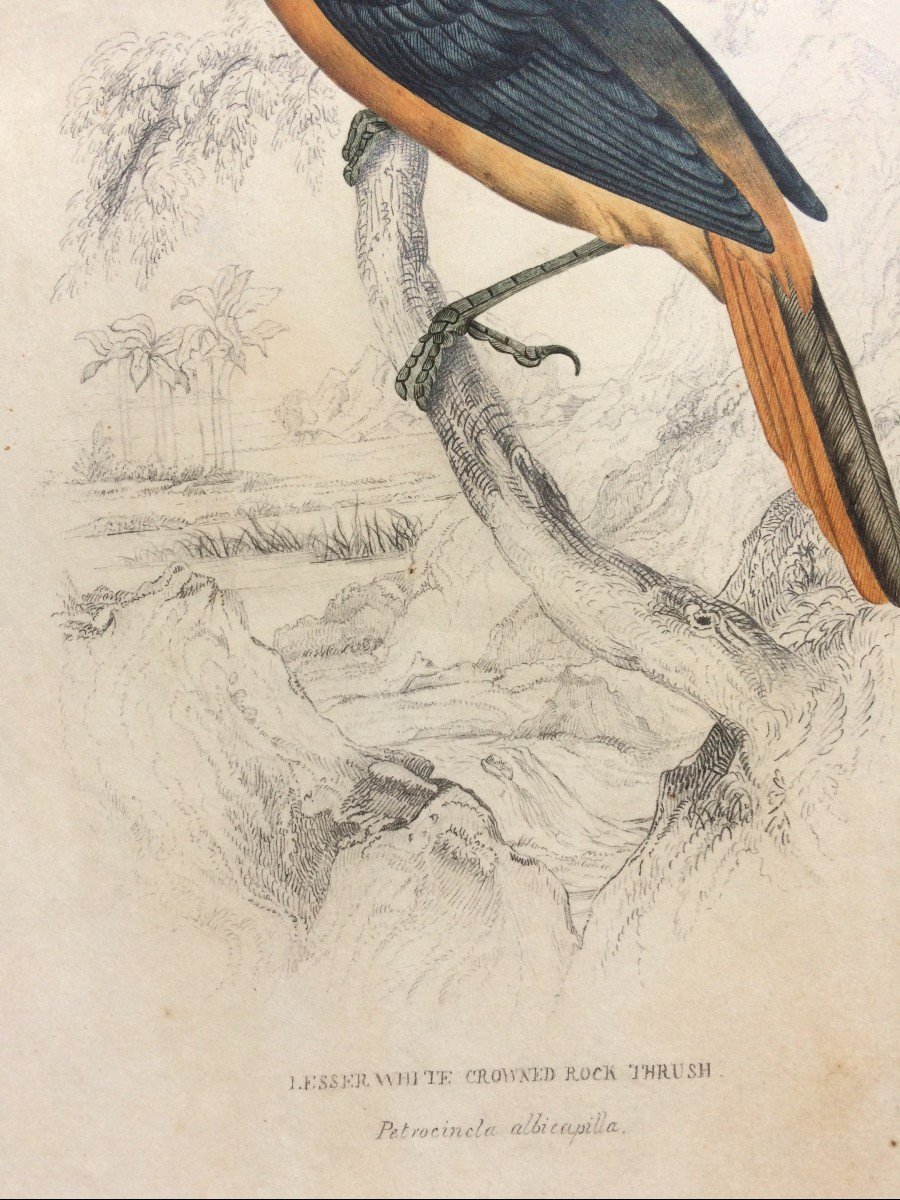
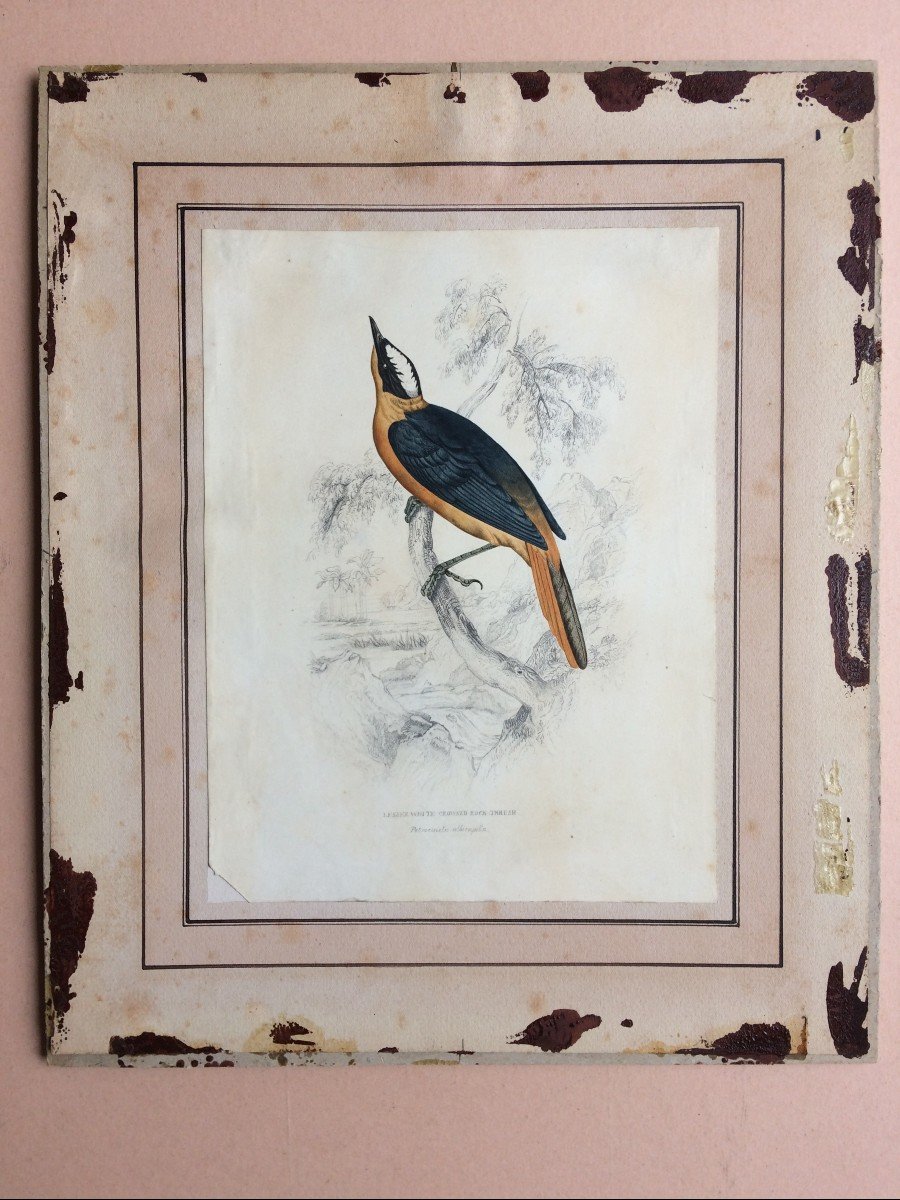
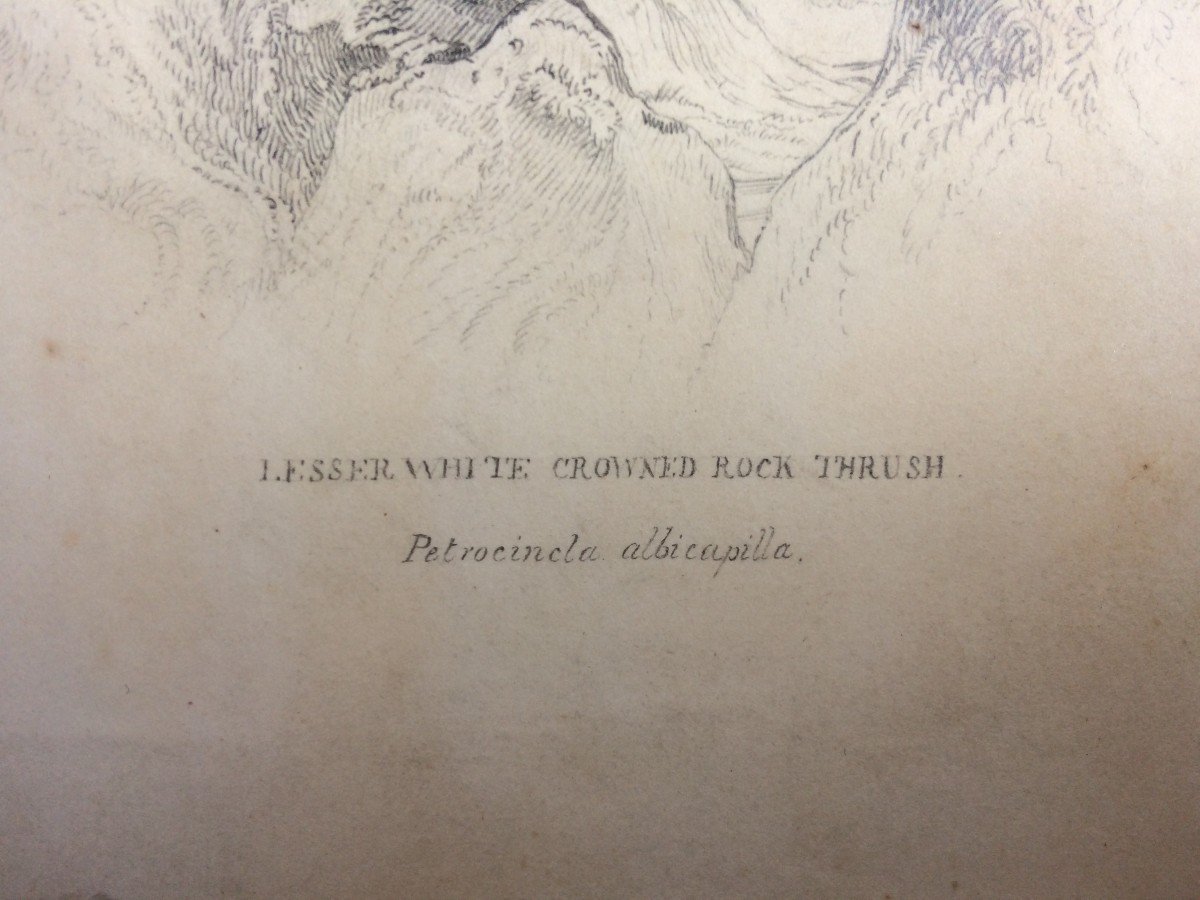


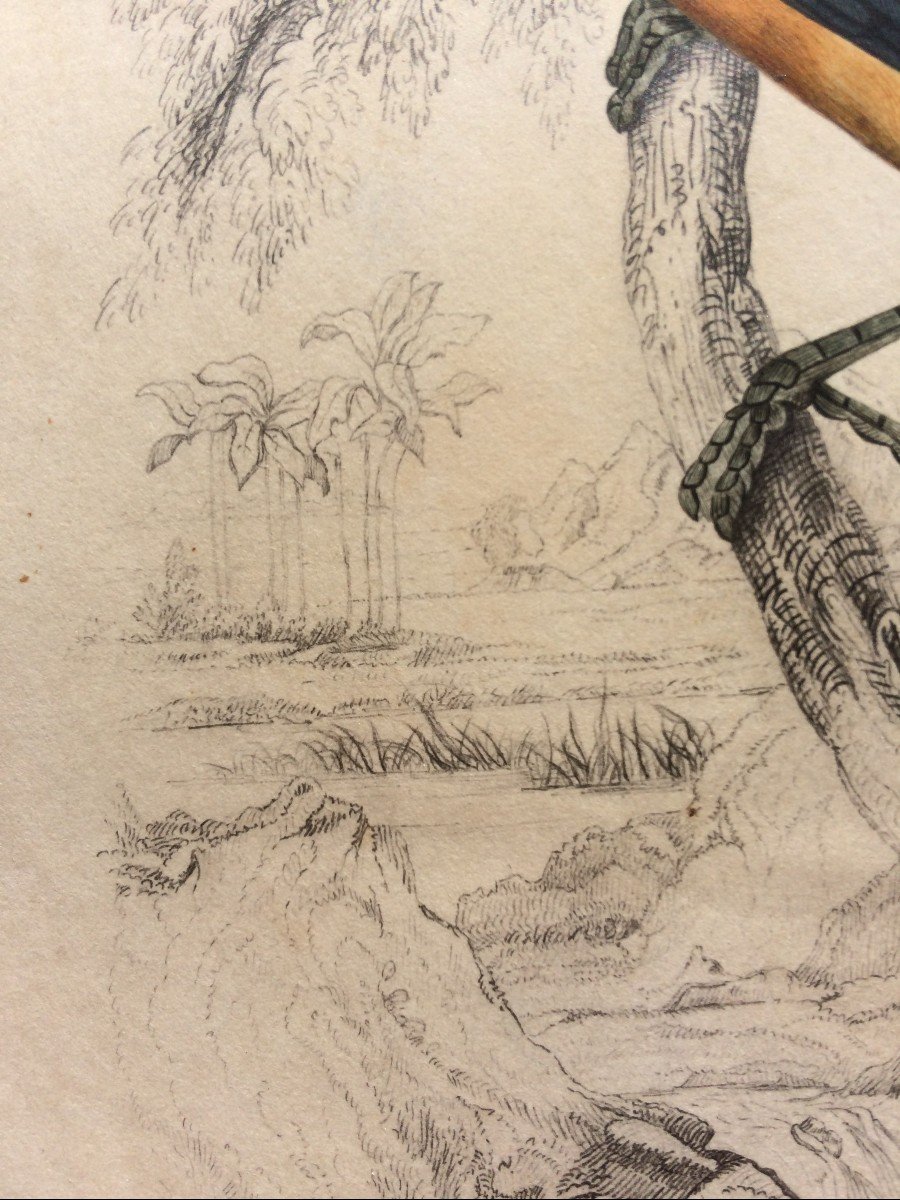

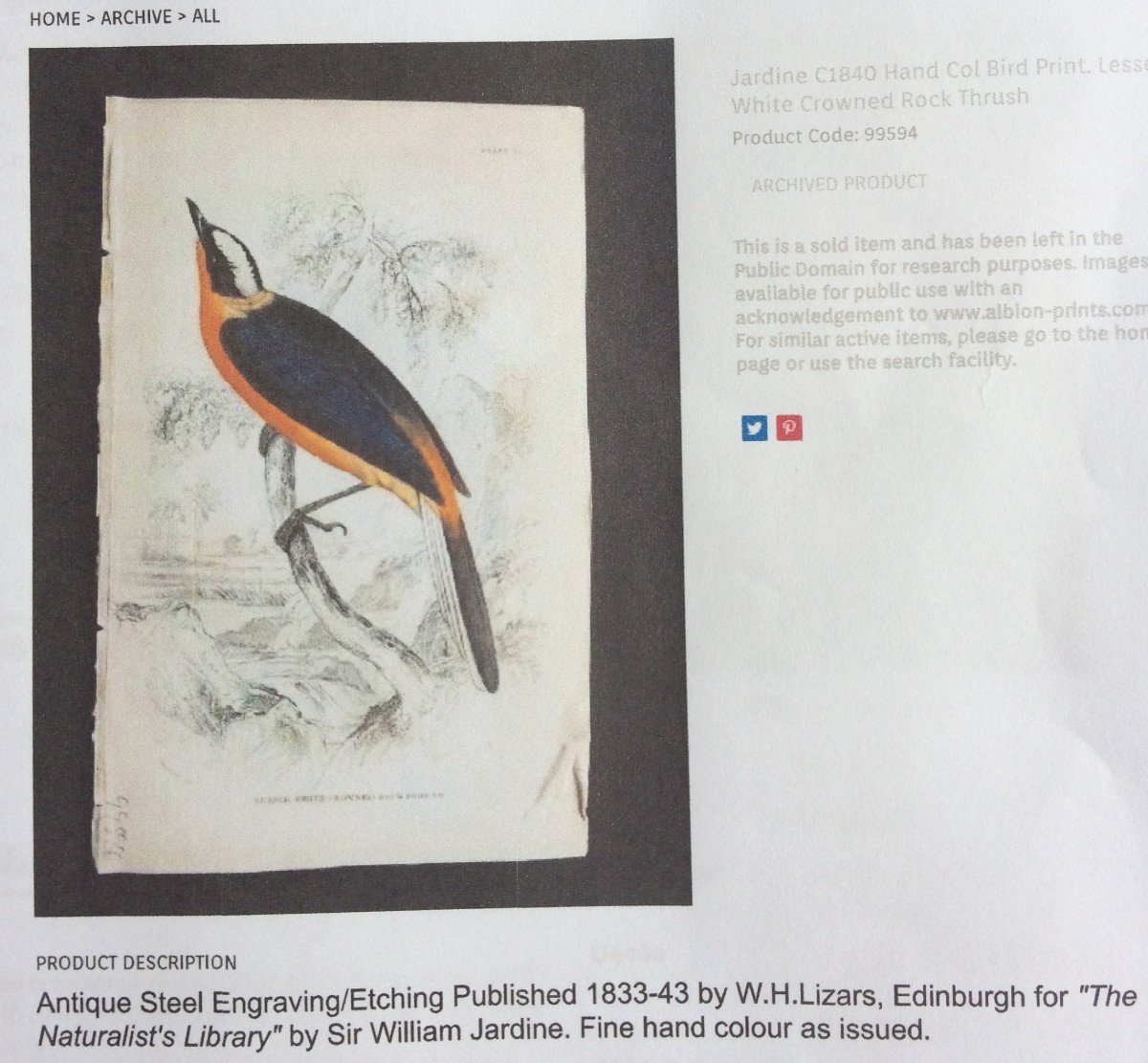














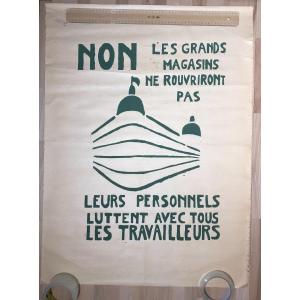


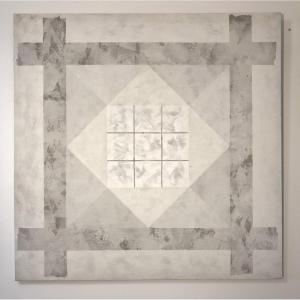


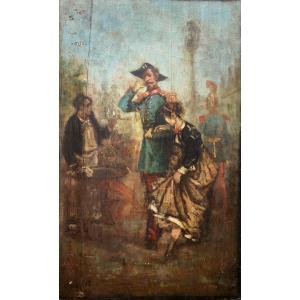
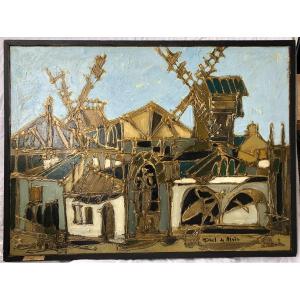


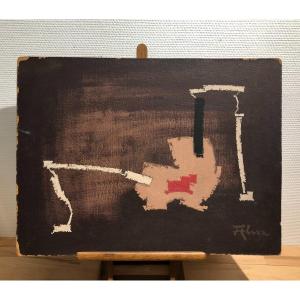









 Le Magazine de PROANTIC
Le Magazine de PROANTIC TRÉSORS Magazine
TRÉSORS Magazine Rivista Artiquariato
Rivista Artiquariato